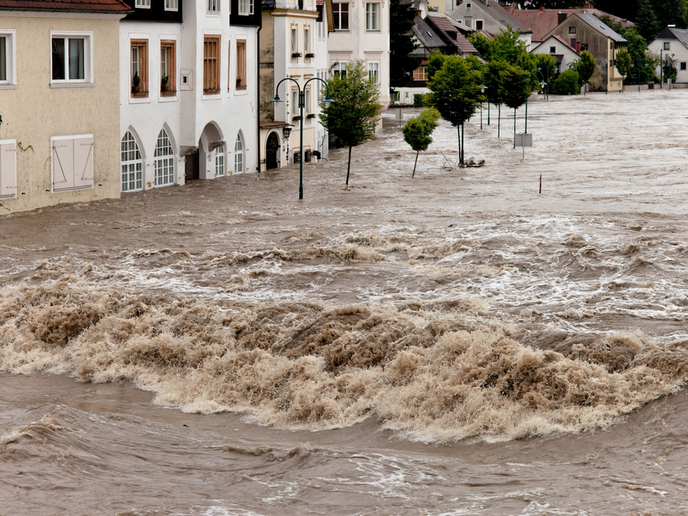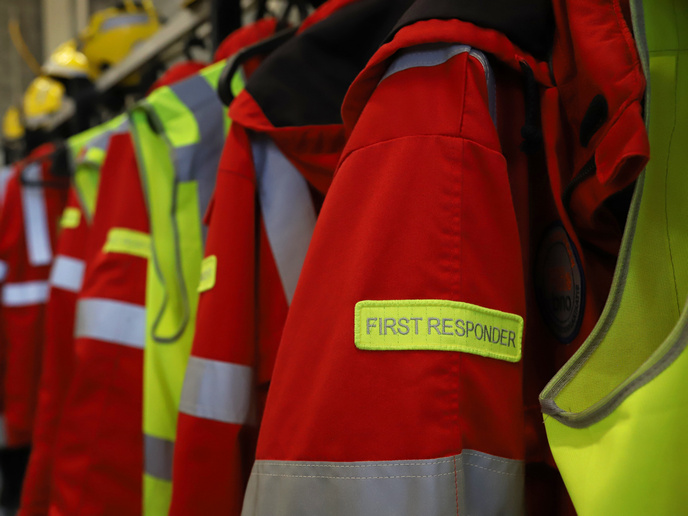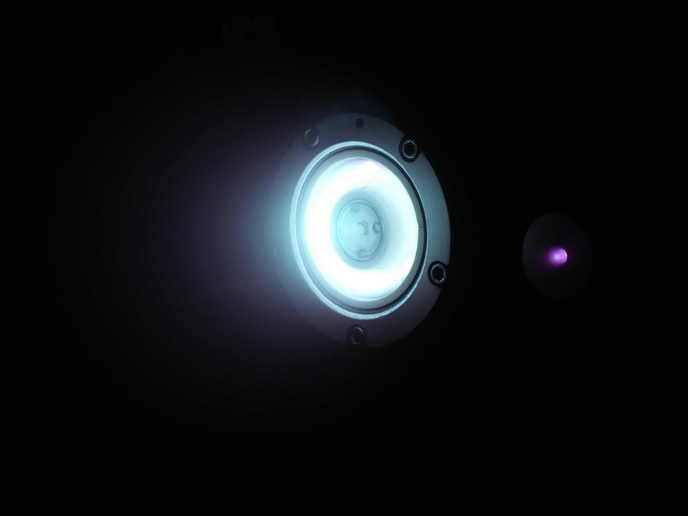New GNSS solutions for transport and emergency response sectors
Global Navigation Satellite Systems (GNSS) serve as a consolidated technology for applications where precise location is needed – including the tracking of moving objects. Europe’s contribution to this global initiative includes the European Geostationary Navigation Overlay Service (EGNOS) and Galileo. The robust positioning capability, signal continuity and signal integrity that these programmes provide has a profound impact on such sectors as emergency and disaster management, search and rescue, and location based services (LBS). To facilitate the use of European GNSS-based applications and services, the EU-funded SPARTACUS project is developing Galileo-ready tracking and positioning solutions for use in the transport and security/emergency response sectors. ‘SPARTACUS is a modular platform connecting a network of tracking units to a local communication unit in a way that in-field data can be remotely displayed and decision-making can be made based on the gathered information,’ explains project coordinator Clemente Fuggini. ‘The project replaces the use of failure-prone traditional terrestrial networks with satellite-based navigation and communication technologies that can be deployed during an actual disaster.’ According to Fuggini, one of the key innovations of the project is the ability to provide enhanced tracking and positioning functionalities where conventional satellite-based navigation systems are not properly working or are not as effective as needed – such as indoors and in urban canyons. ‘This is accomplished by offering modular, scalable Galileo-ready SPARTACUS solutions that can be configured to deliver specific user-oriented services,’ he says. The SPARTACUS kit The SPARTACUS tracking units are small satellite-based devices adapted for use with specific applications, such as the tracking of assets and moving objects (e.g. trucks) that transport critical items like relief goods during an emergency. The units, which feature an embedded satellite antenna and consume little power, come integrated with an Inertial Navigation System (INS) capable of offering dead-reckoning functions. Furthermore, the level of accuracy can be increased by using specifically designed ‘navigation profiles’ that take advantage of EGNOS and Satellite Based Augmentation Systems (SBAS) corrections. The project’s smartphone applications are geared towards providing various functionalities based on user needs, such as logistic support and fleet management. For example, the ASIGN application collects in-situ mission relevant critical information (e.g. geo-tagged audio/media) and their quick transmission from the on-site coordination centre to headquarters and back to the field. The FLARE application, on the other hand, provides accurate positioning, navigation, and guidance to emergency personnel and first responders working in outdoor and indoor environments. SPARTACUS in action So how does SPARTACUS look in action? Take, for example, the rail sector, which is expecting a 30 % increase in total freight transport volume by 2030. In order to handle this increase, Europe must improve the efficiency and reliability of fleet management and logistic operations. ‘The logistic sector is looking for precise and robust tracking solutions to trace freight across Europe and beyond, thus improving traceability and reliability of operations, especially in the case of dangerous assets and high-value assets tracking,’ says Fuggini. ‘For this reason, there is a growing interest in the use of GNSS as a key enabling technology for fleet management and logistic applications.’ However, one of the main challenges to the full adoption of GNSS technology in applications involving the tracking of critical and/or dangerous goods is concern about safety in situations where GNSS signal coverage fails. ‘Here, SPARTACUS provides a dead-reckoning functionality to assist/replace satellite navigation, specifically designed to operate even in the absence of GNSS coverage or during an outage in any critical scenario or during emergency situations,’ explains Fuggini.
Keywords
SPARTACUS, Galileo, EGNOS, GNSS, smartphone applications, tracking and positioning solutions







